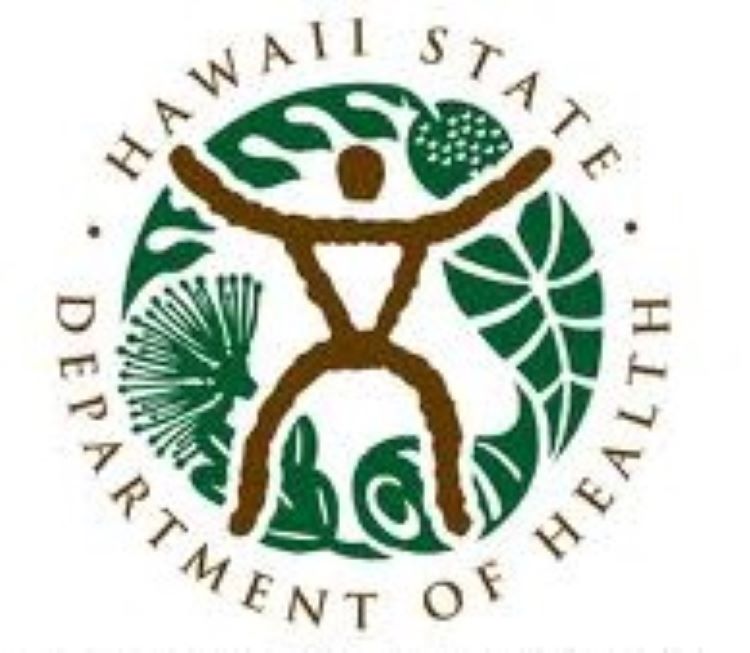3 of 4 Suspected Norovirus Cases Linked to Raw Oysters Identified in Hawaiʻi County
DOH and the U.S. Food and Drug Administration are investigating a multi-state outbreak of norovirus linked to raw oysters. As of Tuesday, April 5, there are four suspected cases in the state.
The FDA has confirmed that potentially contaminated raw oysters harvested in the south and central parts of Baynes Sound, British Columbia, Canada, were distributed to restaurants and retailers in California, Colorado, Hawaiʻi, Minnesota, Illinois, New York, Nevada, Oregon, Texas, Washington State and Massachusetts.
Three of the four suspect cases in the state consumed raw oysters in Hawaiʻi County and one suspect case consumed raw oysters in Honolulu County. Consumption dates range from March 8 through March 22.
“The Hawaii cases are considered suspect as no clinical testing was conducted, however, epidemiological investigations indicate that the customers consumed raw oysters harvested from the implicated harvest locations in British Columbia and experienced symptoms consistent with norovirus,” DOH stated in a press release. “All suspected cases have recovered, however, one case required hospitalization.”
Investigation and traceback is being conducted by the DOH Food Safety Branch in order to determine the distributors and restaurants that may have had contaminated products. The Food Safety Branch is providing notification to the distributors of the contaminated product.
Norovirus is a viral infection that causes gastrointestinal illness symptoms such as nausea, vomiting, diarrhea, abdominal pain, and other symptoms can include fever, headache, and body aches. Symptoms typically develop 12-24 hours after being exposed to norovirus. Most people who become ill with norovirus get better within 24-72 hours. People with norovirus infection can spread the infection easily to others.
To prevent others from getting sick DOH officials advise to always wash hands carefully with soap and warm water after using the bathroom or changing diapers. Use soap and water to clean toilets or other areas that may be soiled with stool or vomit.
Hard surfaces can be disinfected with one-third cup of household bleach mixed with one gallon of water – always wear gloves when handling bleach-based cleaners. Wash soiled clothing and bedding in hot water and detergent. Soft surfaces that cannot be laundered can be steam cleaned. Dehydration may occur with persistent vomiting and diarrhea and symptoms of dehydration should be closely monitored for in children and the elderly.
Consuming raw shellfish may increase the risk of foodborne illness. People who are immune-compromised, such as those being treated for cancer, pregnant women, and individuals with other chronic health conditions, are at increased risk of severe illness. Advice on handling and cooking oysters can be found on the Centers for Disease Control and Prevention’s website.
Anyone who has consumed raw oysters and experienced symptoms consistent with norovirus, call the Disease Investigation Branch through the Disease Reporting Line at 808-586-4586.







